

Click a button below to load content for that page.
Tap a button below to load content for that page.
0 Days
1 Month
2 Month
3 Month
4+ Month
Fresh eggs in shell
Do Not Freeze
Hot dogs and lunch meat, unopened
1 - 2 months
Hot dogs and lunch meat, opened
1 - 2 months
Ground meat and stew meat
3 - 4 months
Beef, lamb, veal and pork chops
4 - 6 months
Cooked meat, poultry and casseroles
2 - 4 months
Cooked meat and poultry pieces in sauce
2 - 4 months
Whole poultry pieces
9 - 12 months
Pizza, leftover
1 - 2 months
Cheese, hard or grated
6 - 12 months
Milk
3 months
Yogurt
1 - 2 months
0 Days
3 Days
1 Week
2 Weeks
3+ Weeks
Fresh eggs in shell
3-5 weeks
Hot dogs and lunch meat, unopened
2 weeks
Hot dogs and lunch meat, opened
3-7 days
Ground meat and stew meat
1-2 days
Beef, lamb, veal and pork chops
3-5 days
Cooked meat, poultry and casseroles
3-4 days
Cooked meat and poultry pieces in sauce
1-2 days
Whole poultry pieces
1-2 days
Pizza, leftover
3-4 days
Cheese, hard or grated
6-12 weeks
Milk
1 week
Yogurt
1-2 weeks
Berries (blueberries, blackberries, strawberries, and raspberries)
Cherries, bananas, grapes, stone fruit
Cherries, grapes, stone fruit
Grapes
Cherries, berries, bananas
Cherries, berries
Stone fruit (peaches, plums, nectarines, and apricots)
Bananas, berries
Grapes, apples, pears
Grapes
Cherries, berries, bananas
Cherries, berries
Stone fruit (peaches, plums, nectarines, and apricots)
Bananas, berries
Grapes, apples, pears
Foods within the same category can be used in place of each other. For instance, a dark leafy green such as kale can be replaced with any other dark leafy green like chard or collards, whether raw or cooked. The following substitutions will work whether using raw or cooked foods.
Hot Peppers

Carrots
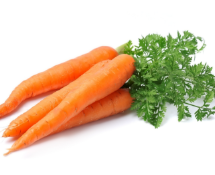
Celery
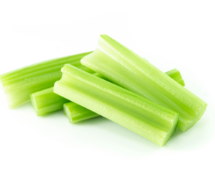
Edamame (soy beans)

Onions
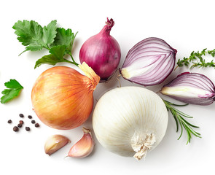
Tomatos
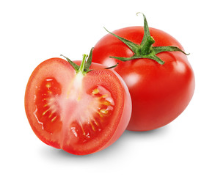
Sweet Peppers
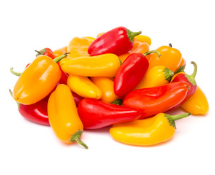
Eating healthier is easier when you do it together. Follow these tips to get everyone in on the fun.
Click each plus sign for tips.
Tap each plus sign for tips.
Crawling\Toddling A few teeth
Walking Molars
Very active
Many teeth
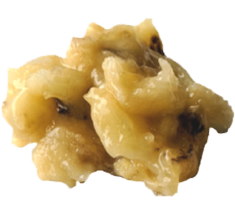
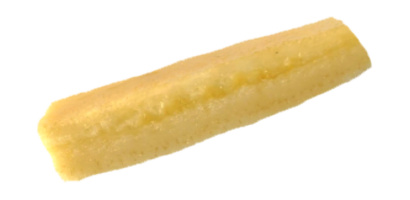
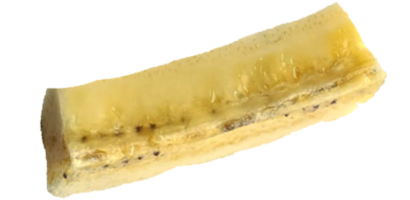
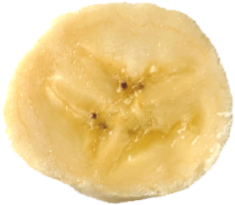 Bell Pepper
Bell Pepper

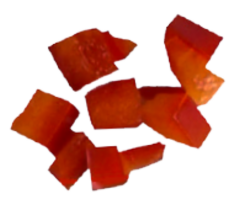
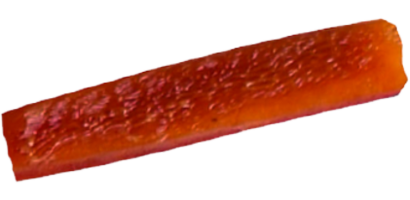
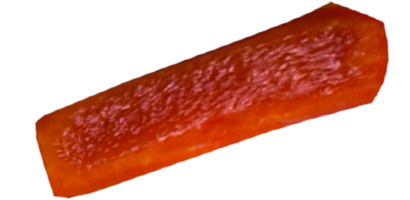 Mandarin
Mandarin
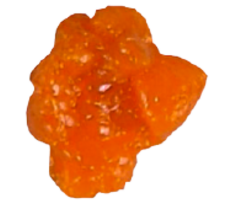
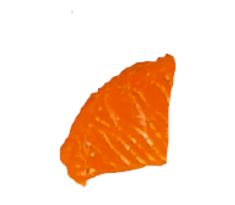

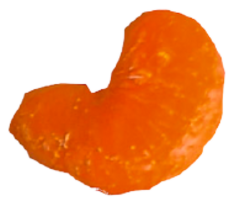 Carrot
Carrot

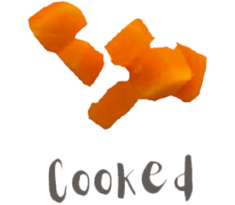

 Pineapple
Pineapple


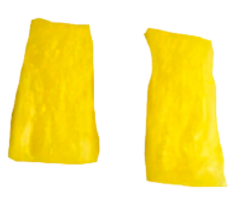
 Mango
Mango
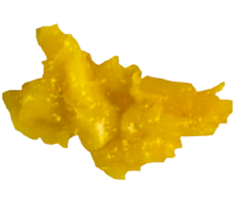


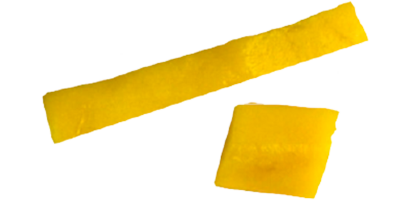 Celery
Celery

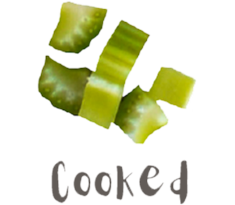
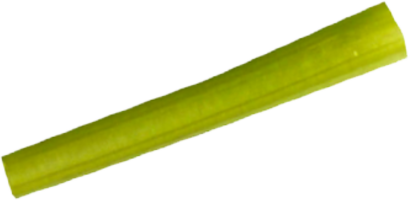
 Broccoli
Broccoli

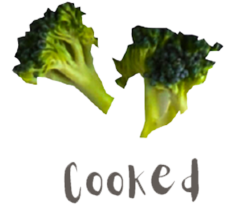
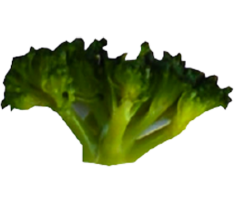
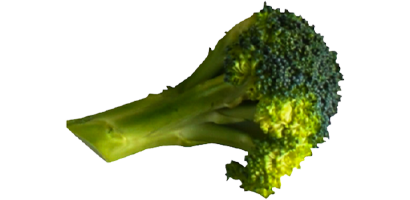 Blueberry
Blueberry
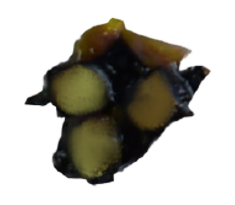


 Grape
Grape


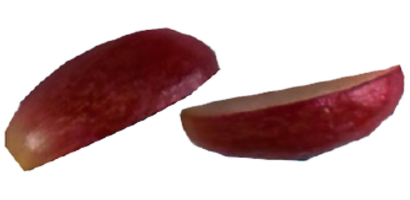
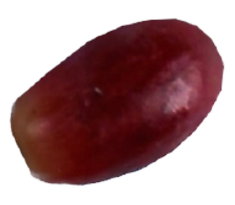 To make…
Prep
Cook
Blend
Fresh Fruit and Vegetables
Wash, peel, and remove any core or seeds.
Cook food until tender. Boil in a small amount of water. Or, try
steaming or
baking.
Use a blender, fork, or food grinder to mash the food until it is
smooth.
Add liquid, such as water, formula, or breast milk, to thin as needed.
Canned or Frozen Produce
Be sure it has no added salt, sugar, fat, or
spices.
Meat, Poultry, or Fish
Remove bones, skin, and fatty parts.
To make…
Prep
Cook
Blend
Fresh Fruit and Vegetables
Wash, peel, and remove any core or seeds.
Cook food until tender. Boil in a small amount of water. Or, try
steaming or
baking.
Use a blender, fork, or food grinder to mash the food until it is
smooth.
Add liquid, such as water, formula, or breast milk, to thin as needed.
Canned or Frozen Produce
Be sure it has no added salt, sugar, fat, or
spices.
Meat, Poultry, or Fish
Remove bones, skin, and fatty parts.
Throw these together with some pre-cooked ingredients or leftovers for simple, fast meals.
Click to reveal tips.
Swipe to reveal tips.

Let food cool so it does not burn your baby’s mouth and throat. Taste-test the temperature before serving.

Give your baby one new food at a time. Wait a few days before starting a new food. Watch for any allergic reactions. Do not serve any mixed- ingredient foods until you have served each ingredient on its own.
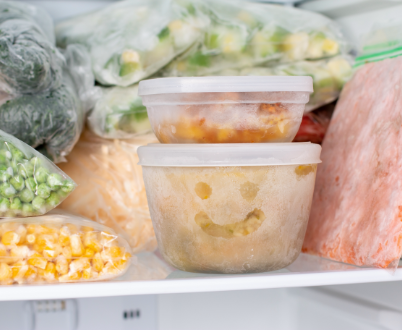
Refrigerate baby food that is not eaten right away. Use meat, poultry, fish, or egg yolks within 1 day. Use all other baby food within 1–2 days.
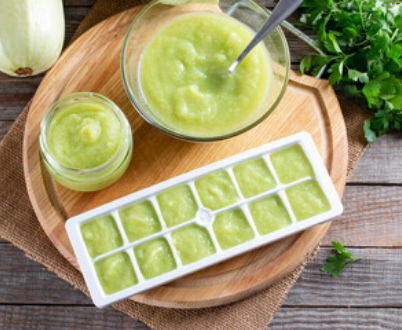
Or, store in the freezer up to 1 month. Freeze in clean ice cube trays. Store frozen cubes in a bag labeled with the date the food was frozen.

Reheat stored baby food to at least 165°F. Let cool to a safe temperature before serving.
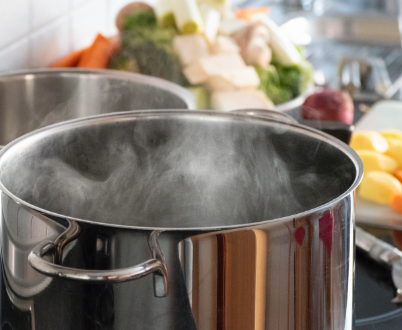
Reheating on the stove:
Place a small heat-safe dish in a small pot. Add about an inch of water. Bring water to a simmer. When food is warm, remove from pot. Stir and test for temperature.

Reheating in the microwave:
Turn dish often to prevent hot spots. Stir well, let sit for a few minutes, and test for temperature.
Wheat

Soy

Peanuts

Treenuts
(cashews, walnuts, etc.)
Fish

Shellfish

Eggs








Wait a few days before offering another new food

Work with your pediatrician to find out which food(s) caused the allergic reaction
Marble-sized or round foods can get stuck in a child’s throat.

Cut into short strips rather than round pieces.
Smooth foods can slip down a child’s throat before they have a chance to chew.
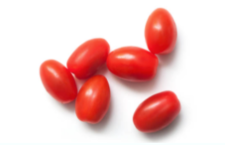
Quarter the food or chop into small pieces.
Sticky foods can “ball up” in the airway and get stuck.
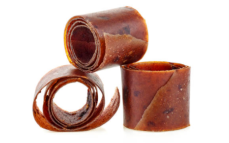
Spread thinly on crackers or bread. Or, cut into small pieces.
Foods that take a long time to chew or are hard to break down can get stuck.
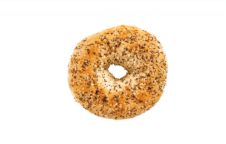
Cut into small pieces.
Foods that break into chunks may slip into the throat before they are chewed.
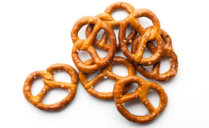
Cook until soft enough to pierce with a fork. Or, break into small pieces.
Learn how to keep little ones safe during meal times.
Click to reveal tips.
Swipe to reveal tips.

Take Small Bites
Make sure kids eat small amounts, one bite at a time.

Watch Them Closely
Stay with your child while they are eating.
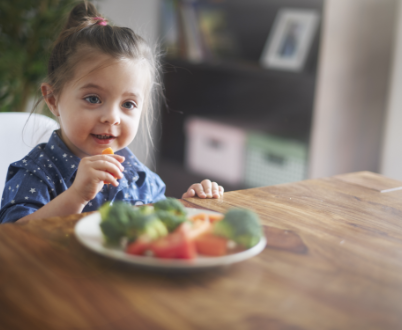
Make Sure They Sit Up
No eating while lying down, walking, or running.

Have Them Stay Calm
No yelling or horseplay while eating.

Have Them Eat Slowly
Chew each bite thoroughly without rushing.